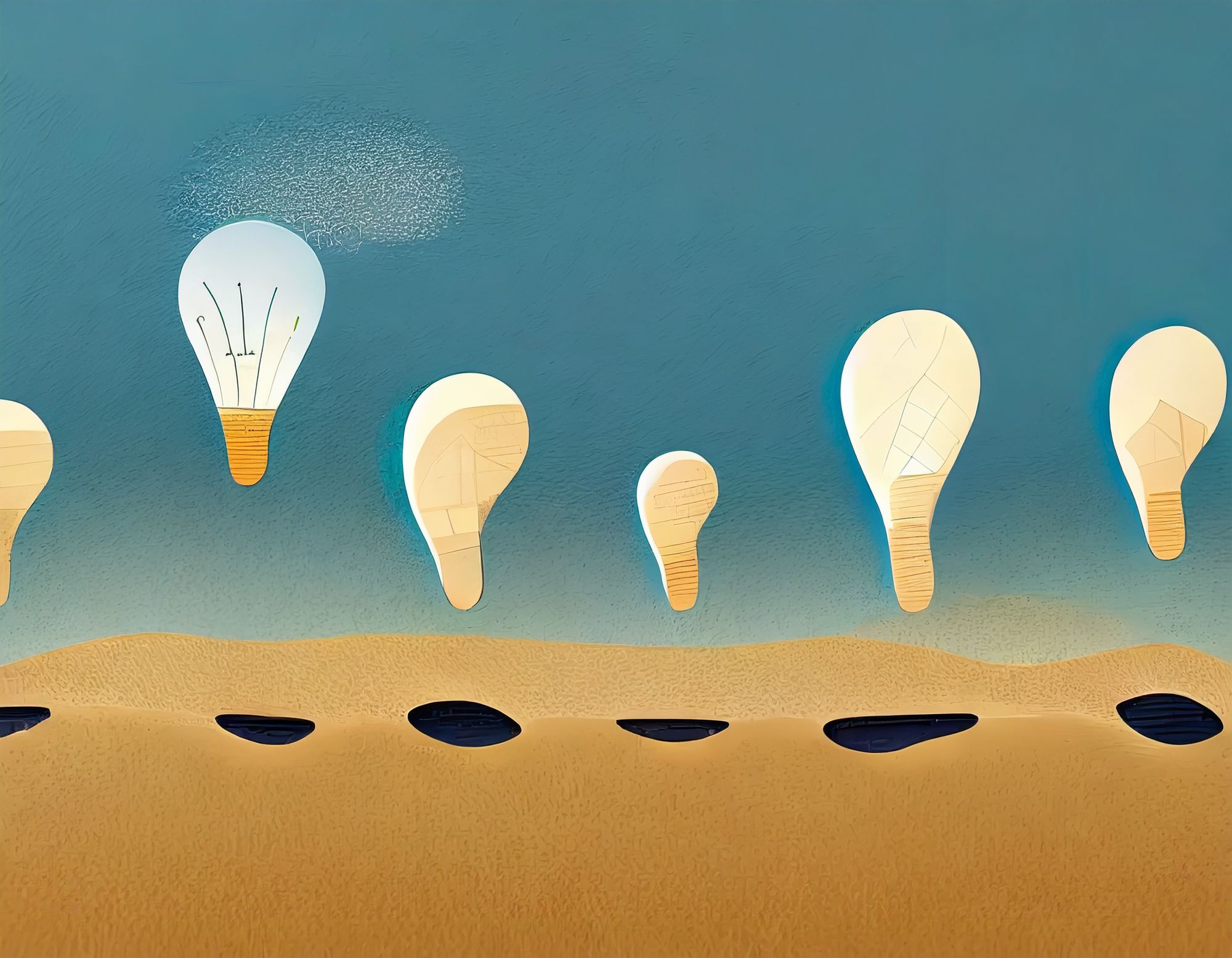User Journey Guide: From Definition to Delightful Experiences

The user journey is a critical aspect of creating exceptional user experiences. It involves mapping a user's path while interacting with your product or service.
Understanding this journey empowers you to identify pain points, delight your users, and ultimately achieve your business goals. In this blog post, we'll delve into the definition of a user journey, explore different types, learn how to create one, discover valuable tools and software, and highlight best practices that combine practicality with creativity.
Definition of a User Journey: Navigating the Path to Success
The user journey is a step-by-step visualization of a user's interactions with your product or service. It encompasses their emotions, thoughts, and actions, providing a holistic view of their experience. A well-crafted user journey helps you empathize with users and make informed decisions that lead to remarkable user experiences.
Different Types of User Journeys: Explore the Possibilities
There are several types of user journeys, each tailored to specific needs:
Product Purchase Journey: Maps a user's stages while purchasing, from initial awareness to post-purchase support.
App Onboarding Journey: Focuses on introducing users to an app's key features and benefits, guiding them towards a seamless onboarding process.
Website Navigation Journey: Illustrates the user's path while navigating a website, identifying potential pain points and areas for improvement.
Creating a User Journey: Empathy in Action
Designing a user journey is crucial to user-centered design and product development. It enables you to empathize with your users, understand their needs, and ultimately create a product or service that resonates with them. Here, we'll delve deeper into the steps in creating a user journey and how empathy plays a central role.
Step 1 Research and Data Collection:
Empathy begins with understanding your users on a profound level. This step involves gathering as much relevant data as possible. It can include:
- User Feedback: Engage with your current users through interviews, surveys, and feedback sessions to understand their pain points, preferences, and expectations.
- Behavioral Data: Analyze user behavior data, such as website interactions, app usage patterns, and purchase histories, to identify trends and pain points.
- Competitor Analysis: Study your competitors to learn from their successes and failures and identify market gaps.
Empathy comes into play by genuinely listening to your users, putting yourself in their shoes, and seeking to comprehend their motivations and challenges.
Step 2 Personas:
With the data you've collected, you can develop user personas. These are fictional representations of different segments of your target audience. Each persona should have a name, a background story, goals, challenges, and personality traits. This step is vital for humanizing your users and making them more relatable to your team.
Empathy is the cornerstone here, as you need to empathize with the personas you create. Understanding their unique perspectives and needs will help you design solutions that cater to a wide range of users.
Step 3 Mapping the Journey:
The core of the user journey is mapping out the user's steps when interacting with your product or service. For each persona, consider:
- Actions: What specific actions do they take? (e.g., signing up, browsing, purchasing)
- Thoughts: What thoughts and questions might go through their minds at each stage?
- Emotions: How do they feel during the journey? Are they excited, frustrated, or confused?
This mapping exercise is where empathy truly shines. By understanding the emotions and thoughts of your users at different stages, you can identify pain points and opportunities for improvement. You can also see where moments of delight can be introduced.
Visual Representation:
Use creative visualizations to communicate the user journey effectively to your team, stakeholders, and collaborators. Some popular methods include:
- Flowcharts: Using interconnected steps, visualize the user's path through your product or service.
- Storyboards: Create a visual narrative that sequentially illustrates the user's journey, highlighting key touchpoints.
- Empathy Maps: Focus on the user's feelings, thoughts, pain points, and gains at each stage.
Empathy is crucial in this step because it helps you effectively convey the emotional aspects of the user journey. By visually representing the user's emotions and experiences, you can foster a more profound understanding among your team members.
In conclusion, creating a user journey is a process that revolves around empathy. It's about stepping into the shoes of your users, understanding their needs, emotions, and pain points, and using this understanding to design a product or service that genuinely resonates with them. By following these steps and keeping empathy at the forefront, you can create user journeys that lead to exceptional user experiences.
Tools and Software for User Journey Mapping: Efficiency Meets Creativity
- Miro: A collaborative online whiteboard platform perfect for creating user journey maps with team members.
- Lucidchart: Ideal for designing flowcharts and diagrams that visually represent user interactions.
- UserTesting: A user research platform that provides honest user feedback, essential for refining the user journey.
Best Practices for Crafting a User Journey: The Art of Empowering Users
- Stay Agile: Be open to continuous iteration based on user feedback and changing user needs.
- Embrace Empathy: Put yourself in your users' shoes to fully understand their pain points and aspirations.
- Consistency Matters: Ensure consistency across all touchpoints to deliver a seamless and delightful user experience.
- Collaborate: Involve cross-functional teams in the user journey creation process to gain diverse perspectives.
Conclusion:
A well-crafted user journey is a powerful tool that propels your product or service toward success. By defining user journey types, creating them with empathy, leveraging efficient tools, and following best practices, you delightfully empower users to navigate your offerings.
Balancing practicality with creativity allows you to envision and deliver experiences that leave a lasting positive impact on your users. So, dive into the world of user journey mapping and unlock the true potential of your product or service!
